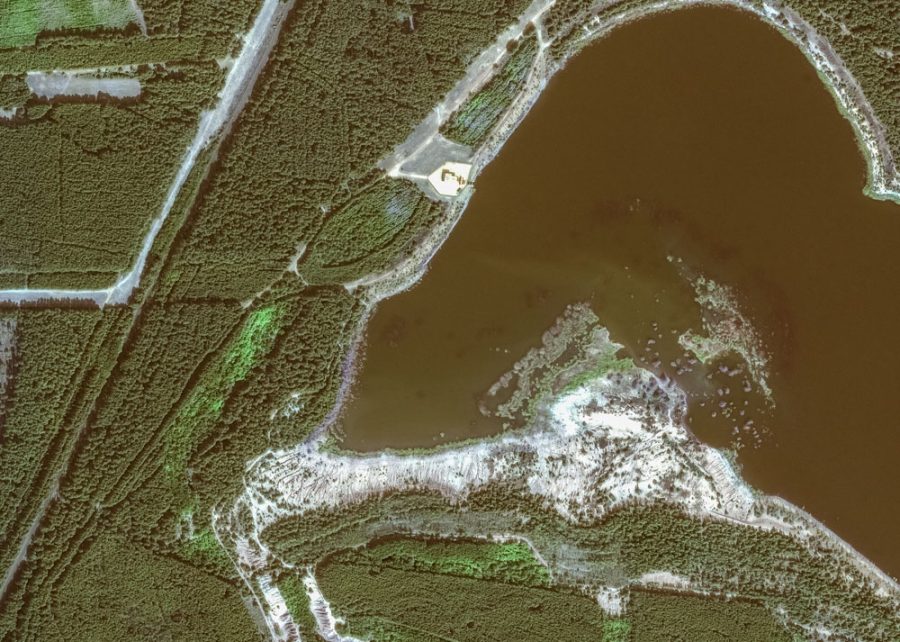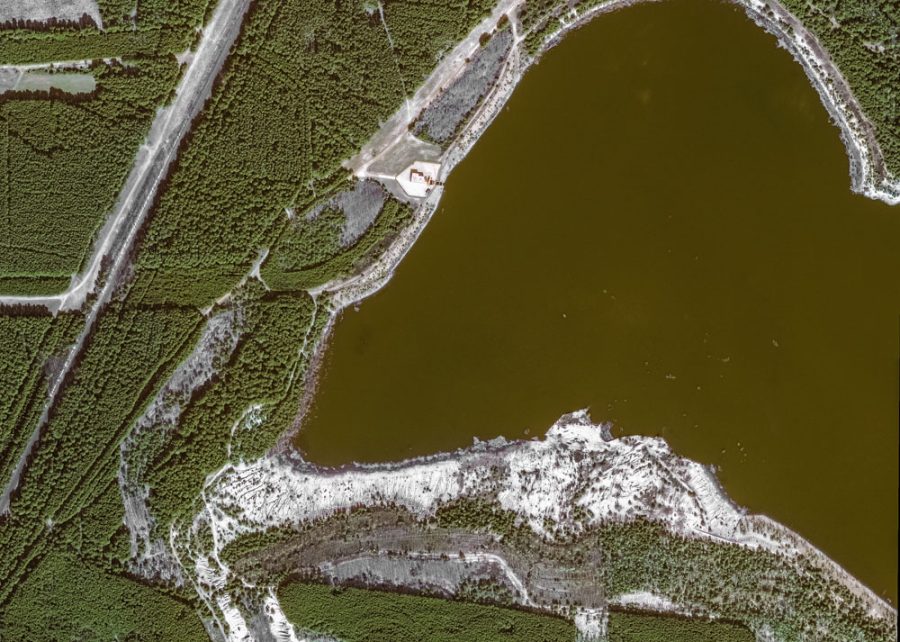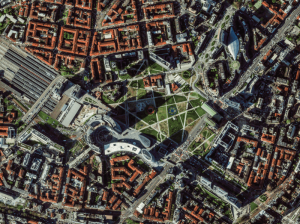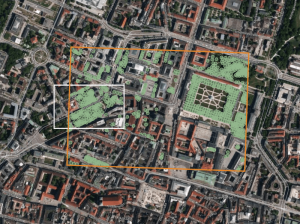Mapping Landslides with VHR Satellite Imagery
- European Space Imaging
Copernicus Emergency Management Service is using Very High Resolution (VHR) satellite imagery supplied by European Space Imaging to create grading maps and analyse damage after landslides in Germany.
A former mining region in Saxony, Germany, has experienced numerous landslides since September 2018. After two major incidents in March and April 2019, European Space Imaging was activated by the Copernicus EMS to supply Very High Resolution optical satellite imagery at 50 cm collected by WorldView-2 & -3 in order to assess possible effects on drinking water infrastructure in the area.
The VHR imagery was used by the Copernicus EMS service provider, SERTIT, to create a grading map used to evaluate the scope and intensity of damages in Saxony, Germany. Information within the map indicates that the landslides have blocked a tunnel connecting two water reservoirs, potentially having severe impact on drinking water in the Berlin area.


Before and after landslide | Saxony, Germany | Captured by WorldView-2 & 3 on 29 August 2018 and 8 April 2019 respectively | © European Space Imaging
European Space Imaging is a provider of Very High Resolution optical satellite imagery for the Copernicus EMS due to the company’s ability to directly task the WorldView satellite constellation from its’ ground station at the German Aerospace Centre (DLR) near Munich. They are able to rapidly deliver both archived and newly collected data orders for European agencies and institutions as well as commercial users. In this case, European Space Imaging delivered the archived imagery in only 50 minutes, allowing Copernicus EMS to have the maps available to the Joint Information and Situation Centre of the Federal Government and the Federal States (GMLZ) only hours later.
In emergency situations, VHR satellite imagery is a crucial component for both damage assessment and relief planning. It’s imperative that data can be collected and delivered as fast as possible. For this reason, European Space Imaging is available 24/7 for emergency orders.
To learn more about the landslides and view the grading map, visit the Copernicus EMS website.
Related Stories

Europe’s Green and Digital Transformations with 25 Years of VHR Satellite Archive Data
Planning Europe’s future without knowing its past is impossible. The European Green Deal, Horizon Europe, the EU Biodiversity Strategy for 2030 and other policies all demand one thing: evidence. Not just today’s data, but years of history that show how our cities, forests, and coastlines have changed.

AI Uses 15 cm Satellite Images to Cut Costs and Increase Scalability in Forest Management and Urban Forestry
Forest managers across Europe face an impossible task: monitor millions of hectares with shrinking budgets while meeting increasingly strict EU environmental targets. But with the rise of AI and satellite technology, they now have new solutions at their disposal – smarter, cheaper, and more scalable – to monitor forest health, automate tree inventories, and plan sustainable logging. In this article, we introduce one of these solutions: an AI forestry algorithm developed by Arboair using 15 cm satellite data from EUSI.

GEOSeries: Extracting Insights From High Resolution SAR Imagery for Time-Sensitive Analysis
In this webinar, industry experts and advanced users of Umbra SAR data showcase how they transform SAR imagery into actionable insights in real-world mapping, monitoring and intelligence applications. See how NV5 and Umbra leverage ENVI SAR Essentials for advanced processing with time-efficient results, converting analytics into valuable intelligence.

Using Satellite Imagery to Build Water Resilience Across Europe
Water across Europe is facing severe pressure. Climate change, urbanisation, agricultural demands and other sources of pollution are threatening water security and creating critical challenges that need to be addressed. We have to act quickly, build stronger systems and create sustainable water resilience practices – so that both natural ecosystems and human communities can thrive. Here is how satellite imagery from EUSI can help.





